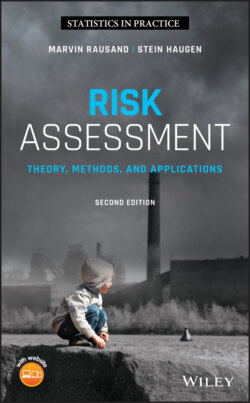Читать книгу Risk Assessment - Marvin Rausand - Страница 259
Definition 5.4 (Precautionary principle)
ОглавлениеWhere there are threats of serious or irreversible damage, lack of full scientific certainty shall not be used as a reason for postponing cost‐effective measures to prevent environmental degradation.
The precautionary principle is invoked where
There is good reason to believe that harmful effects may occur to human, animal, or plant health, or the environment.
The level of scientific uncertainty about the consequences or frequencies is such that risk cannot be assessed with sufficient confidence to inform decision‐making.
Invocation of the precautionary principle may be appropriate with respect to, for example, genetically modified plants where there is good reason to believe that the modifications could lead to harmful effects on existing habitats, and there is a lack of knowledge about the relationship between the hazard and the consequences. A contrary example is that of the offshore industries, for which the hazards and consequences are generally well understood and conventional assessment techniques can be used to evaluate the risk by following a cautionary approach. Invocation of the precautionary principle is therefore unlikely to be appropriate offshore.
The European Commission has provided guidance on when and how to use the precautionary principle (EU 2000). Studies have shown that the practical implementation still varies significantly (Garnett and Parsons 2017). The decision when to invoke the principle seems to be poorly defined, and there are indications that less evidence is required if the issue is related to harm to people compared to the environment.
